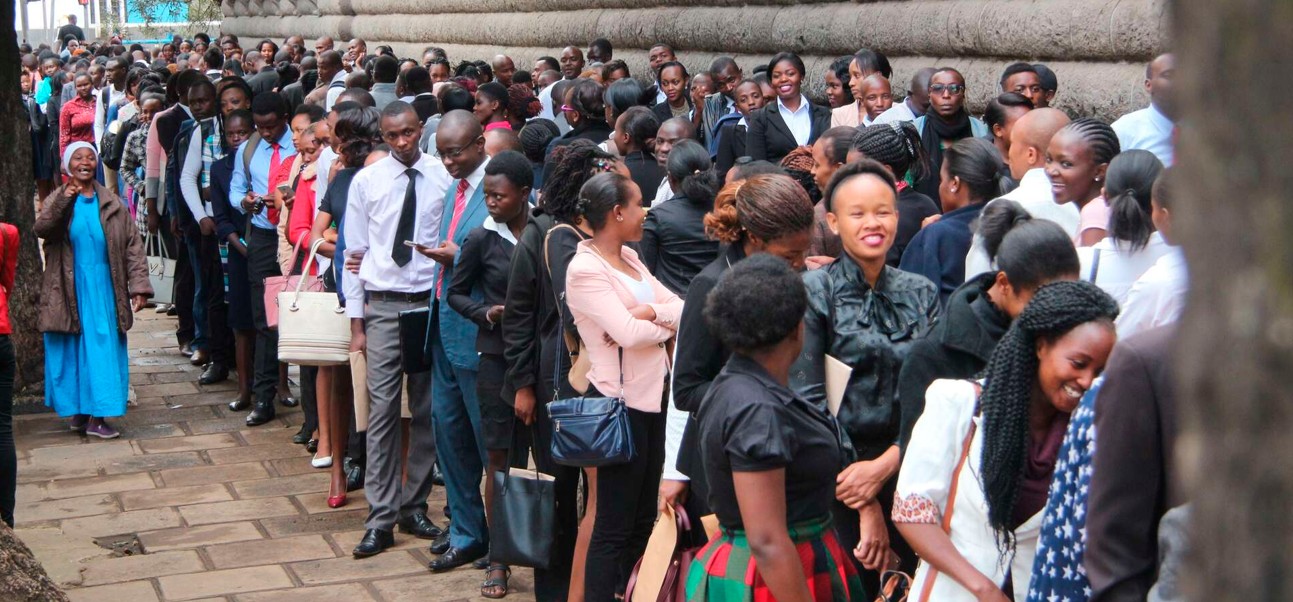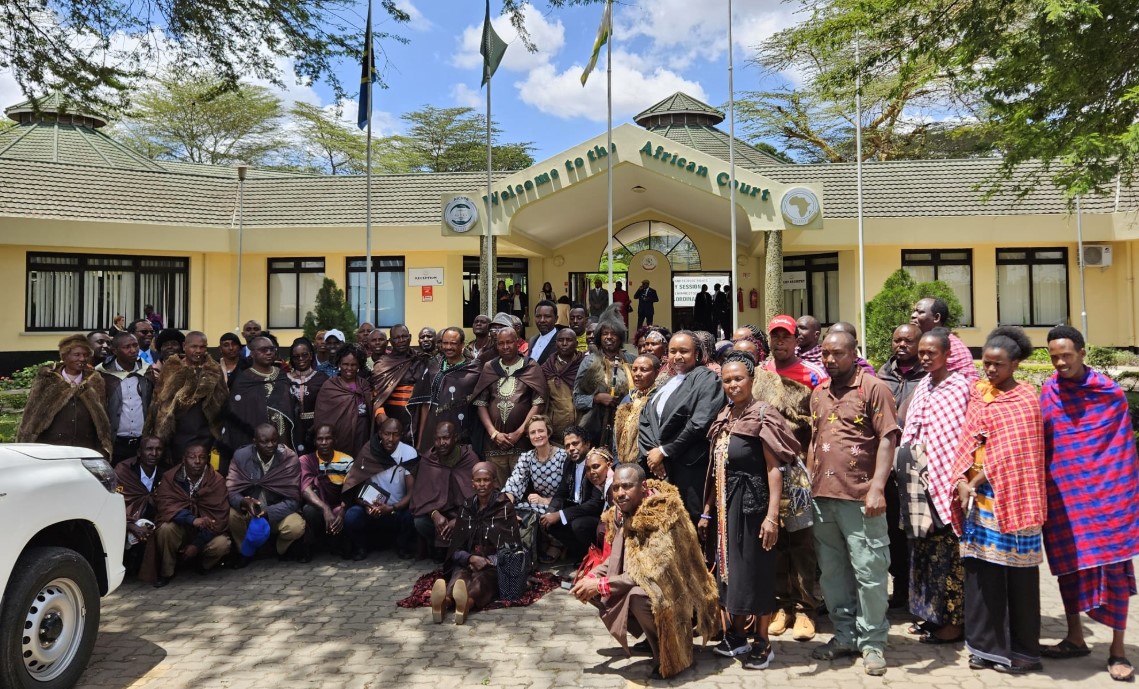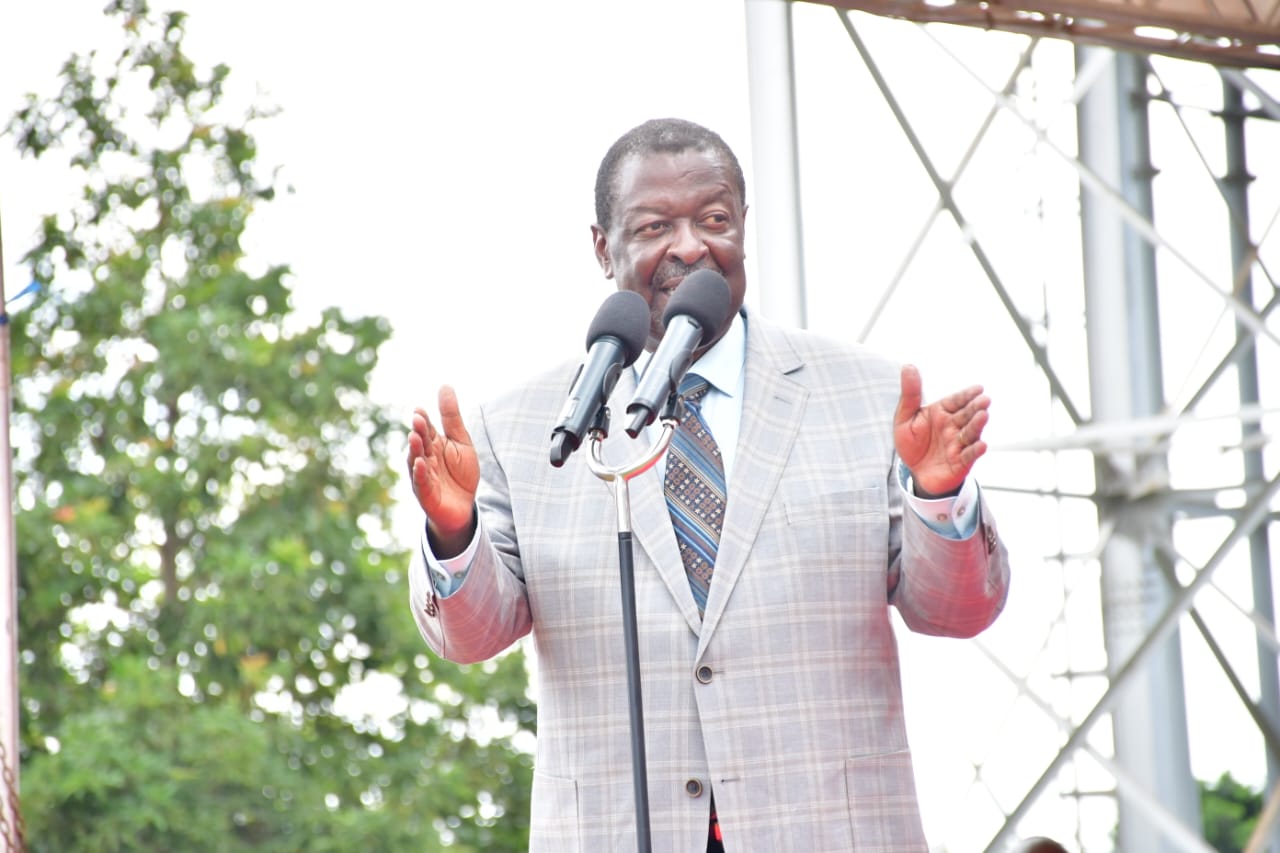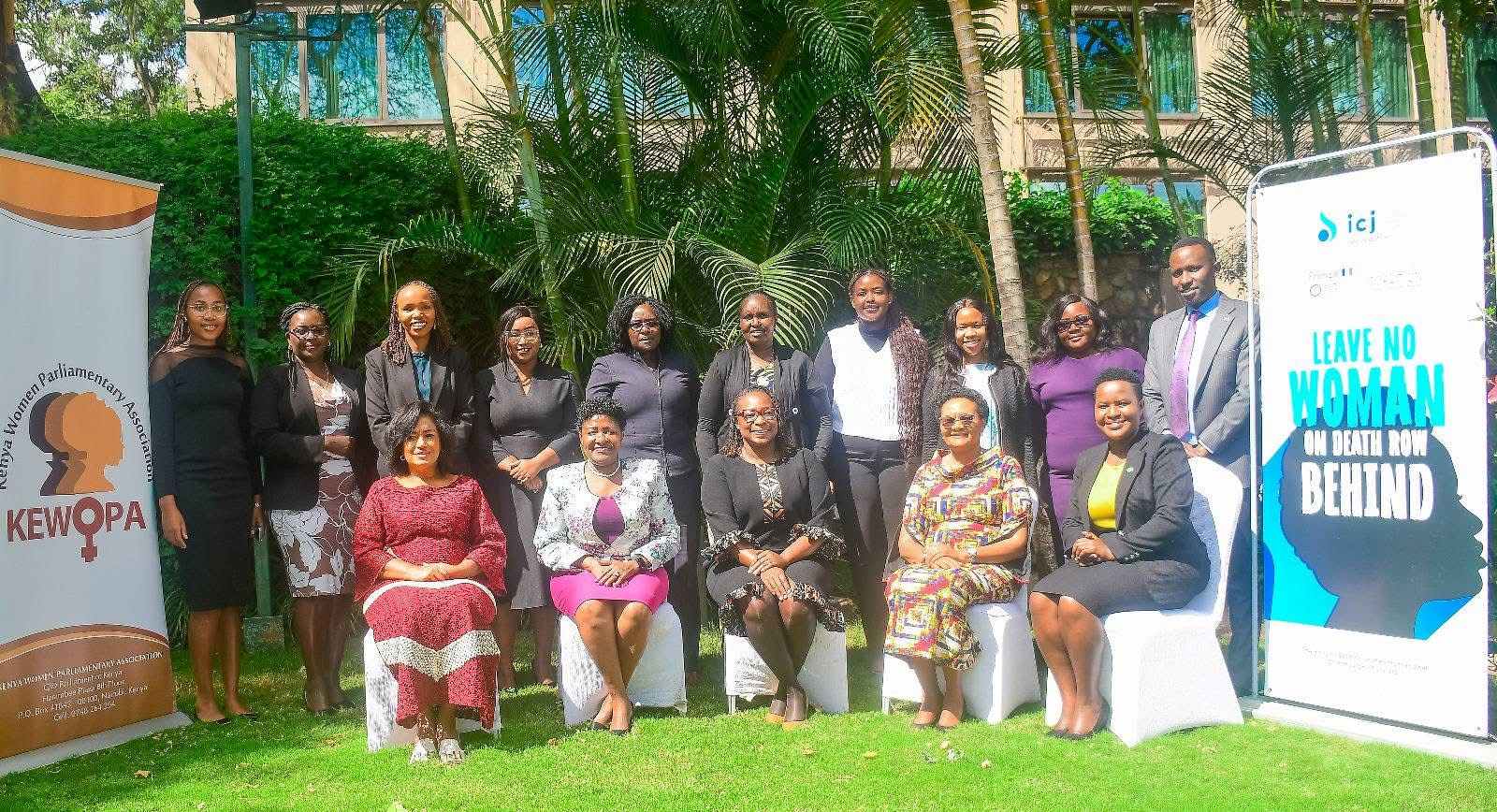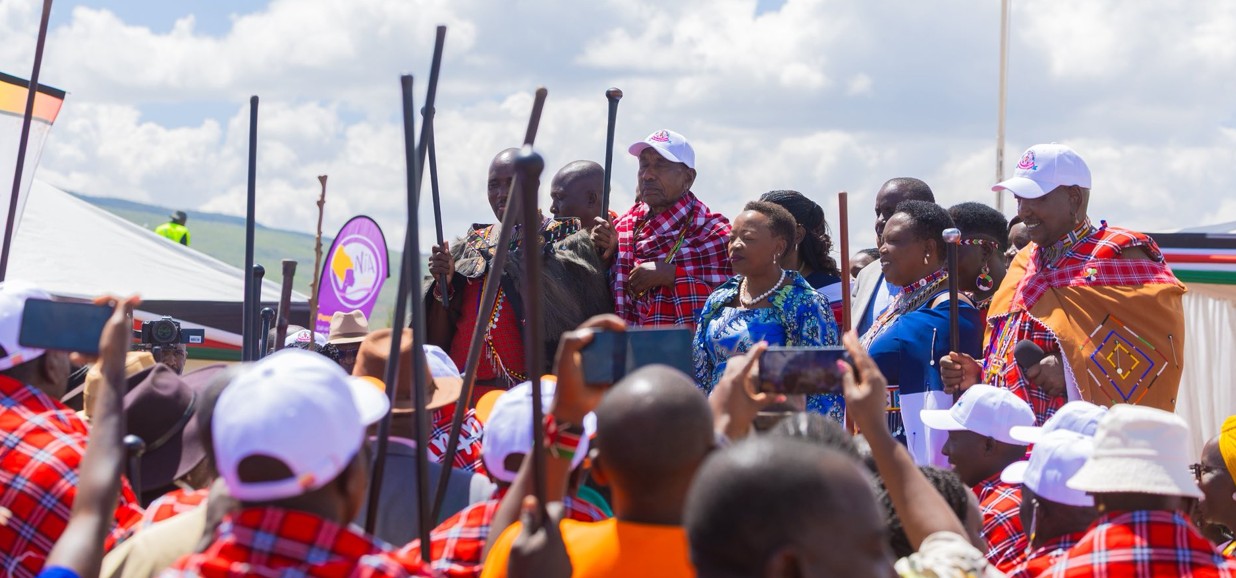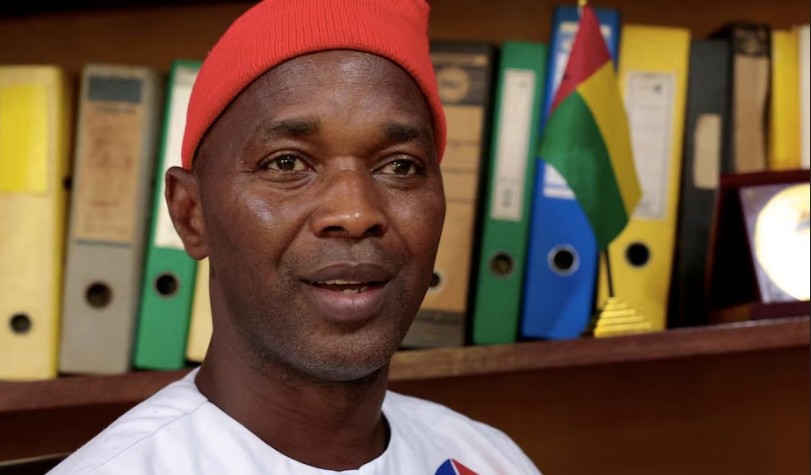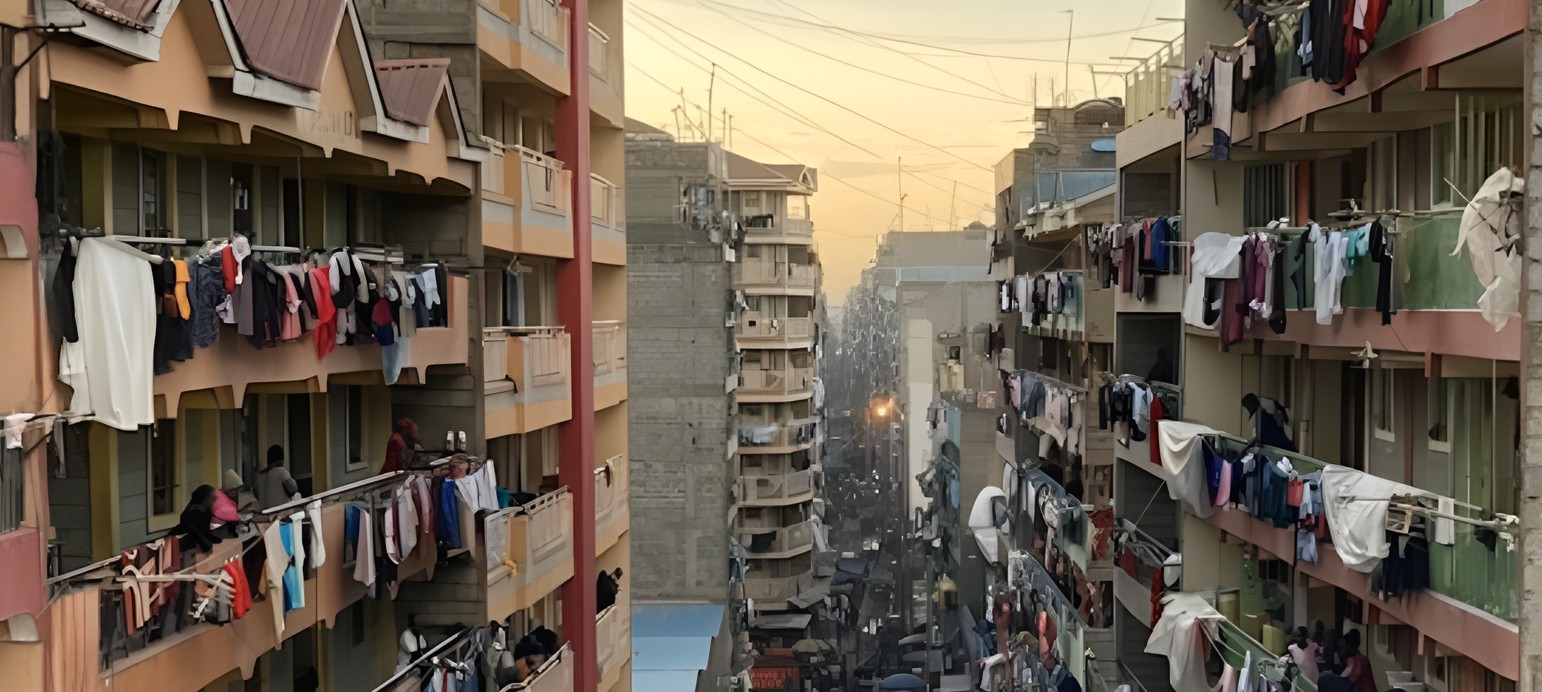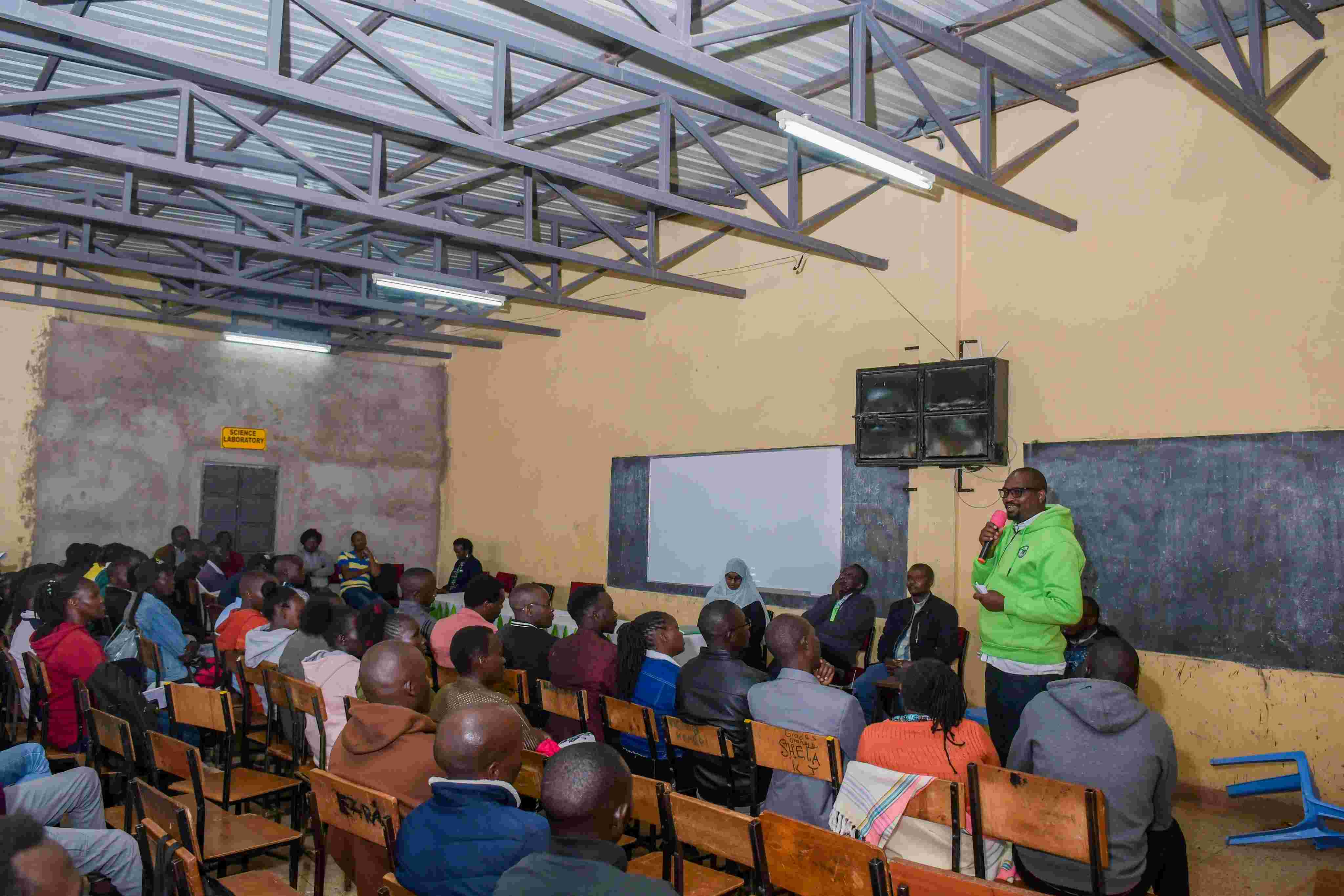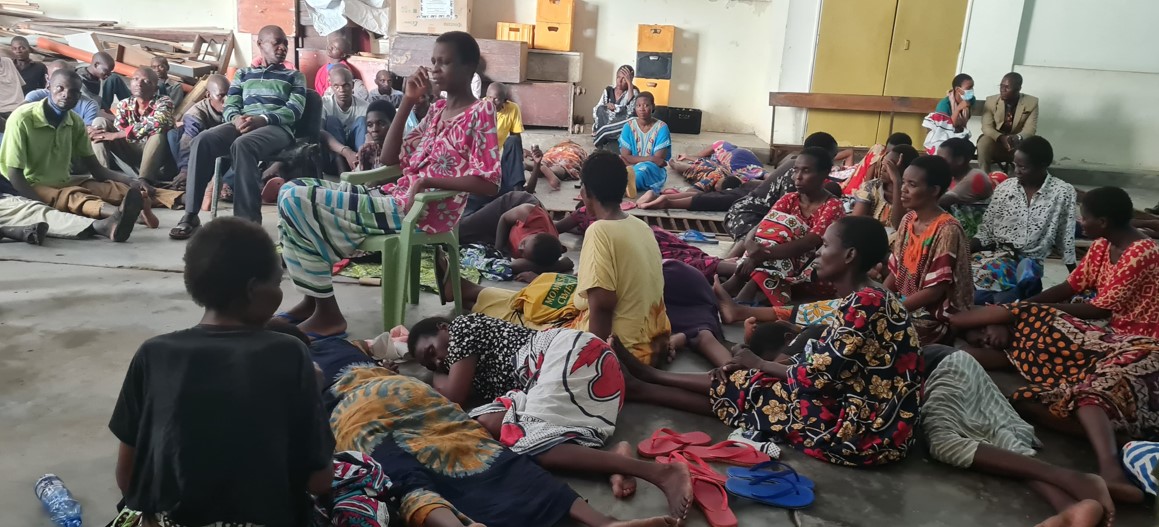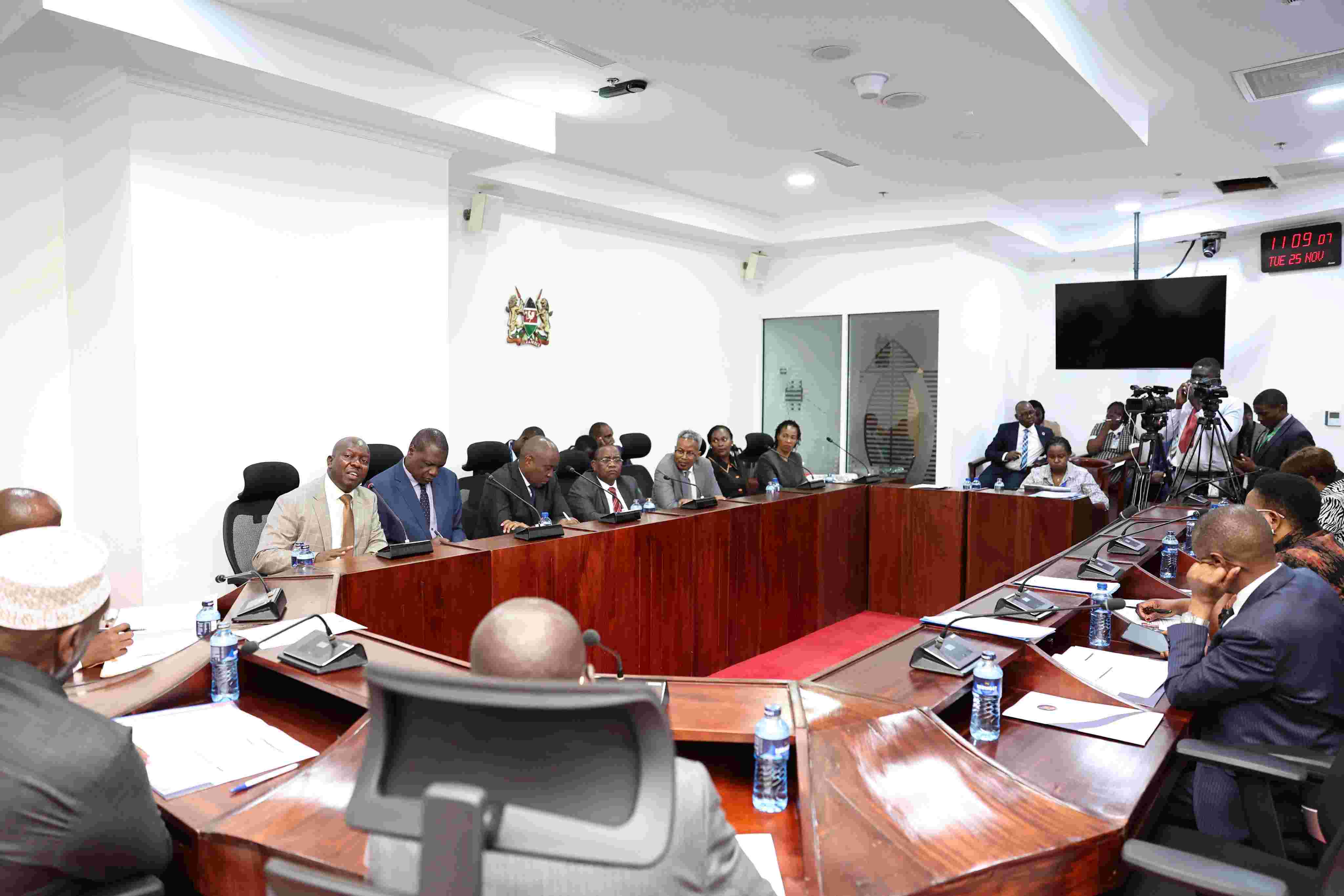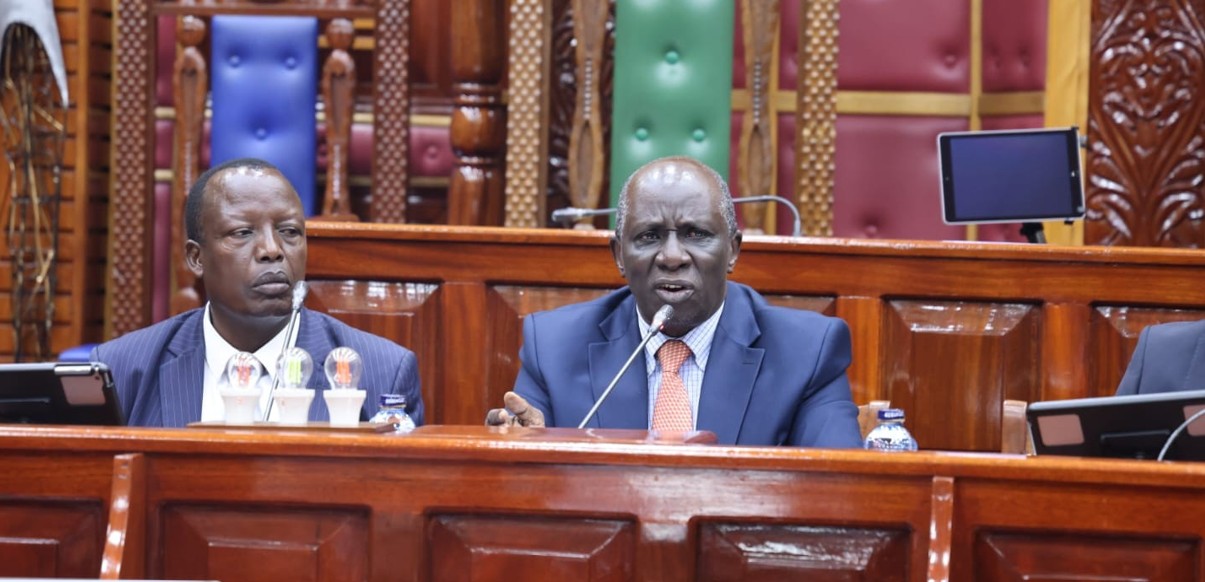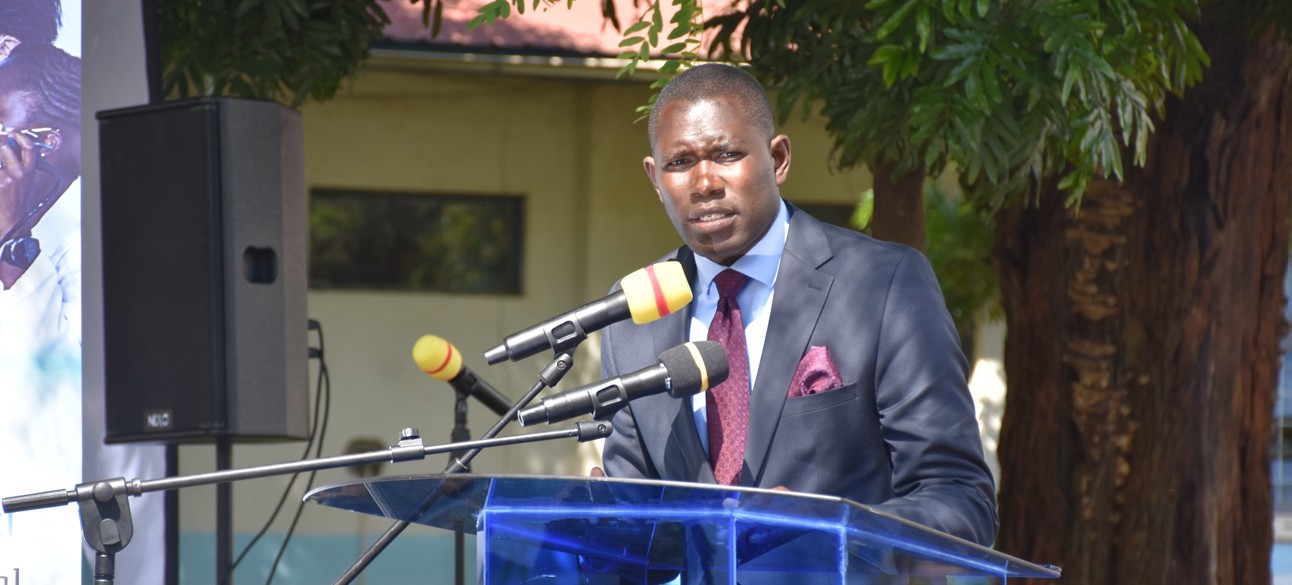Secondary school heads raise concerns over JSS preparation period for university entry
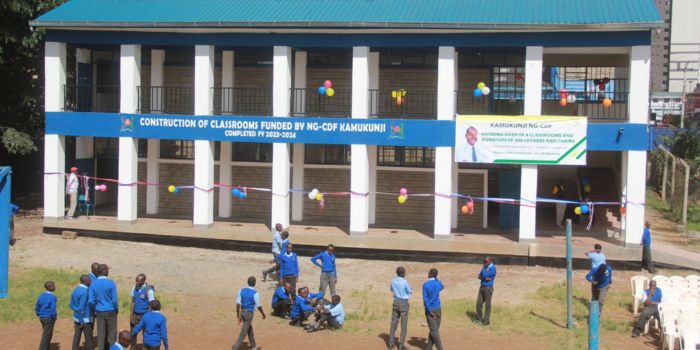
The government has asserted its readiness to accommodate Grade 9 students by constructing 16,000 classrooms, albeit within a five-month timeframe.
Secondary school heads have voiced significant concerns regarding the placement of junior secondary students under the new Competency-Based Curriculum (CBC).
Kenya Secondary School Heads Association (KESSHA) chairman Willie Kuria, has argued that the extended period of eleven years in primary school under the CBC structure may not be conducive to child development for them to join university.
More To Read
- Education Ministry pledges early capitation release for smooth start to new term
- Intern teachers warn they will not resume duties in January without permanent status
- CBE curriculum spirit alive in Eastleigh as parents lead new wave of youth football development
- KUPPET flags stalled promotions, internship contracts for teachers
- KCSE to start November 2 as Education Ministry unveils 2026 academic calendar
- TSC to send unemployed teachers overseas under new framework
The CBC's Basic Education structure spans 2 years in pre-primary, 6 years in primary, 3 years in junior secondary, and another 3 years in senior secondary, resulting in a 2-6-3-3 system. Introduced in 2023, junior secondary covers grades 7, 8, and 9.
The first cohort entered Grade 8 in January 2024, with Grade 9 commencing in 2025. The 2025 Grade 9 class will be the first to complete junior secondary under the CBC. Senior secondary school spans three years, targeting learners aged 15 to 17.
According to Kuria, the shorter high school duration compared to the previous 8-4-4 structure might not be adequate to prepare students for university. This, he said, includes a lack of infrastructure and manpower to cater to the students.
“Keeping a child in primary school for eleven years and only three years in high school, doesn’t make sense. We are doubtful if these students will be well prepared to join the university. We are feeling that this is a very short time,” he said.
“During our time, we spent six years in high school and seven years in primary school. That is why you find those students were prepared to join university. Now it has been reduced year by year, it is only three years. Surely, where is the infrastructure? Where is the manpower? I think eleven years will not promote the development of the child.”
Despite these concerns, the government has asserted its readiness to accommodate Grade 9 students by constructing 16,000 classrooms, albeit within a five-month timeframe.
Kuria noted that merely building classrooms is insufficient, emphasising the need for adequate staff and equipment.
He proposed a split in junior secondary education, with Grade 7 remaining in primary schools and Grades 8 and 9 moving to secondary schools, leveraging existing facilities and staff.
“The Junior Secondary has been domiciled in primary schools, and as secondary school heads of this country, we had proposed that this should be shared. Part of the classes should be in primary schools and others in secondary schools. And we had proposed that Grade 7 be in primary school and then Grades 8 and 9 be domiciled in secondary schools,” Kuria said.
“We have facilities here, staff, laboratories, so the students will just transit and continue learning. But you find that primary schools are where they want to build classes now, while many other things need to be introduced. They don’t even have the staff.”
In April, Education PS Belio Kipsang dismissed the push by the stakeholders to have the final grade of the CBC moved to secondary schools.
Kipsang said the decision to domicile Junior Schools in primary schools reflects the wishes of education stakeholders during consultations by the Presidential Working Party on Education Reforms.
He spoke at the Kenya Institute of Curriculum Development (KICD) during a stakeholder’s engagement on the preparation for Senior School and revamping of teacher education.
‘‘Ninety-three per cent of Kenyans decided through the Presidential Working Party that we are domiciling Junior School at our primary level, we are not about to change that because we even don’t have a window to do that,’’ he insisted.
Top Stories Today

